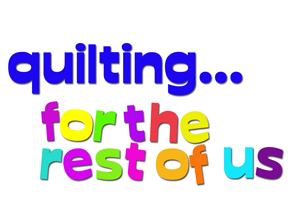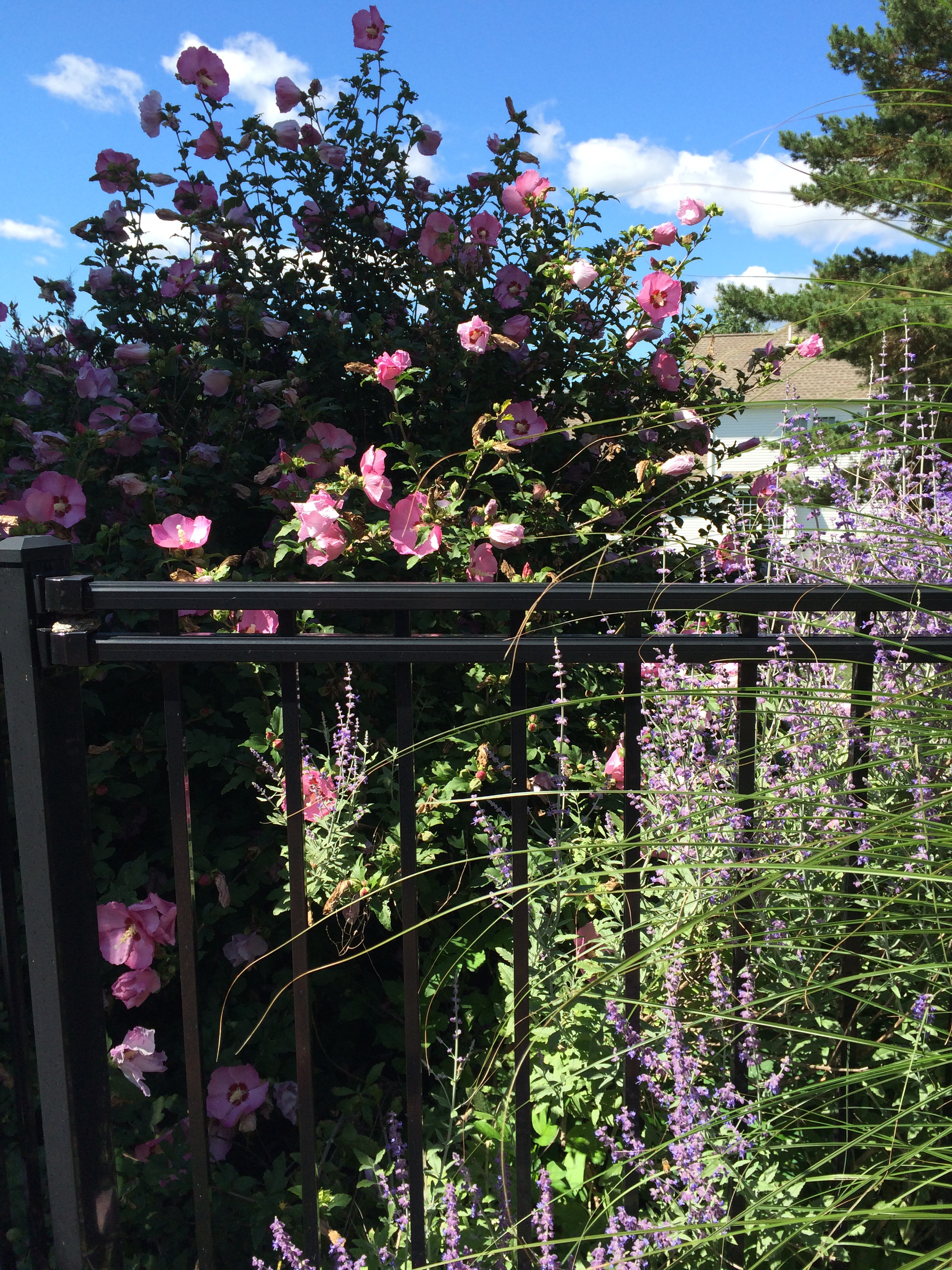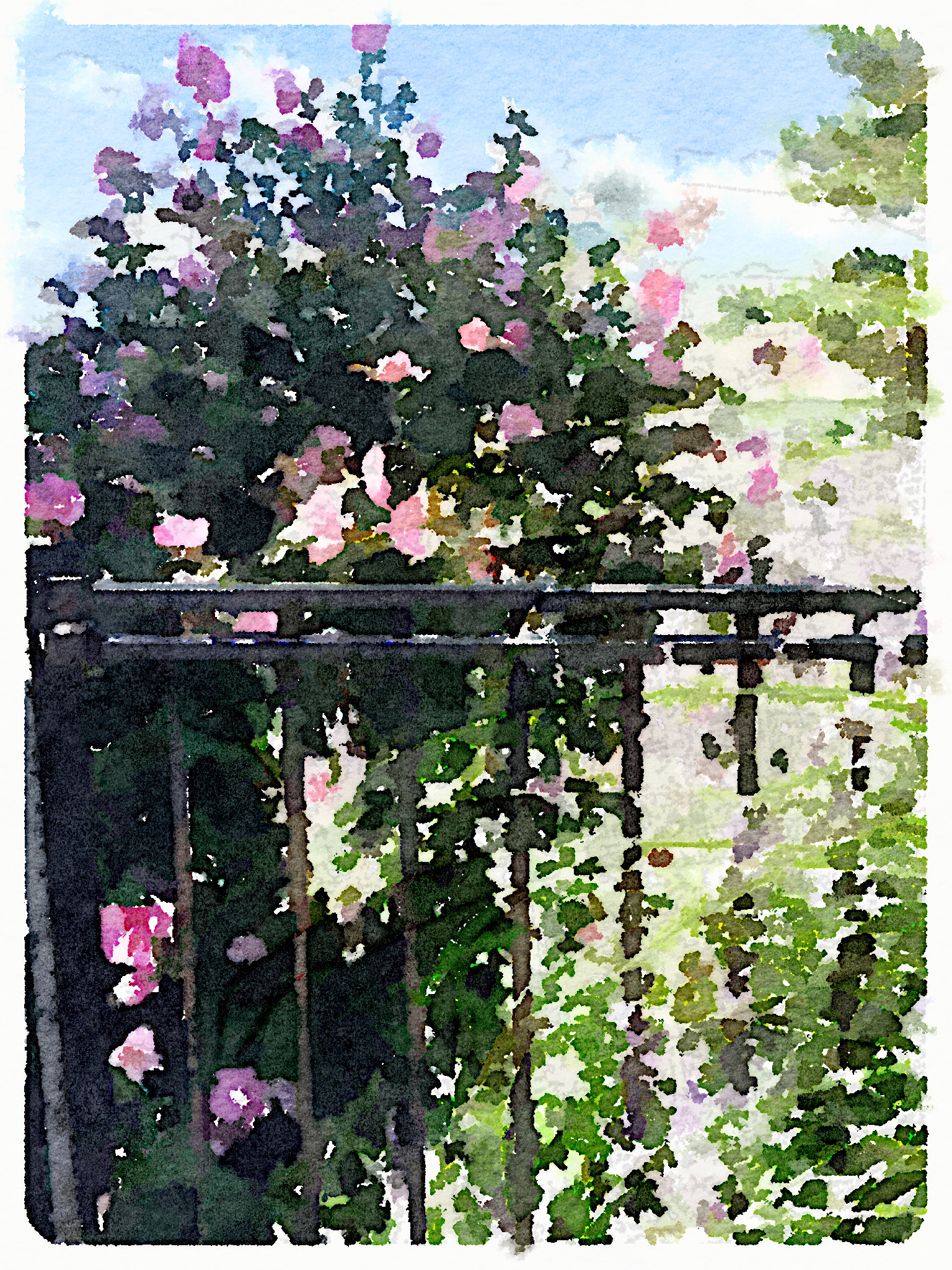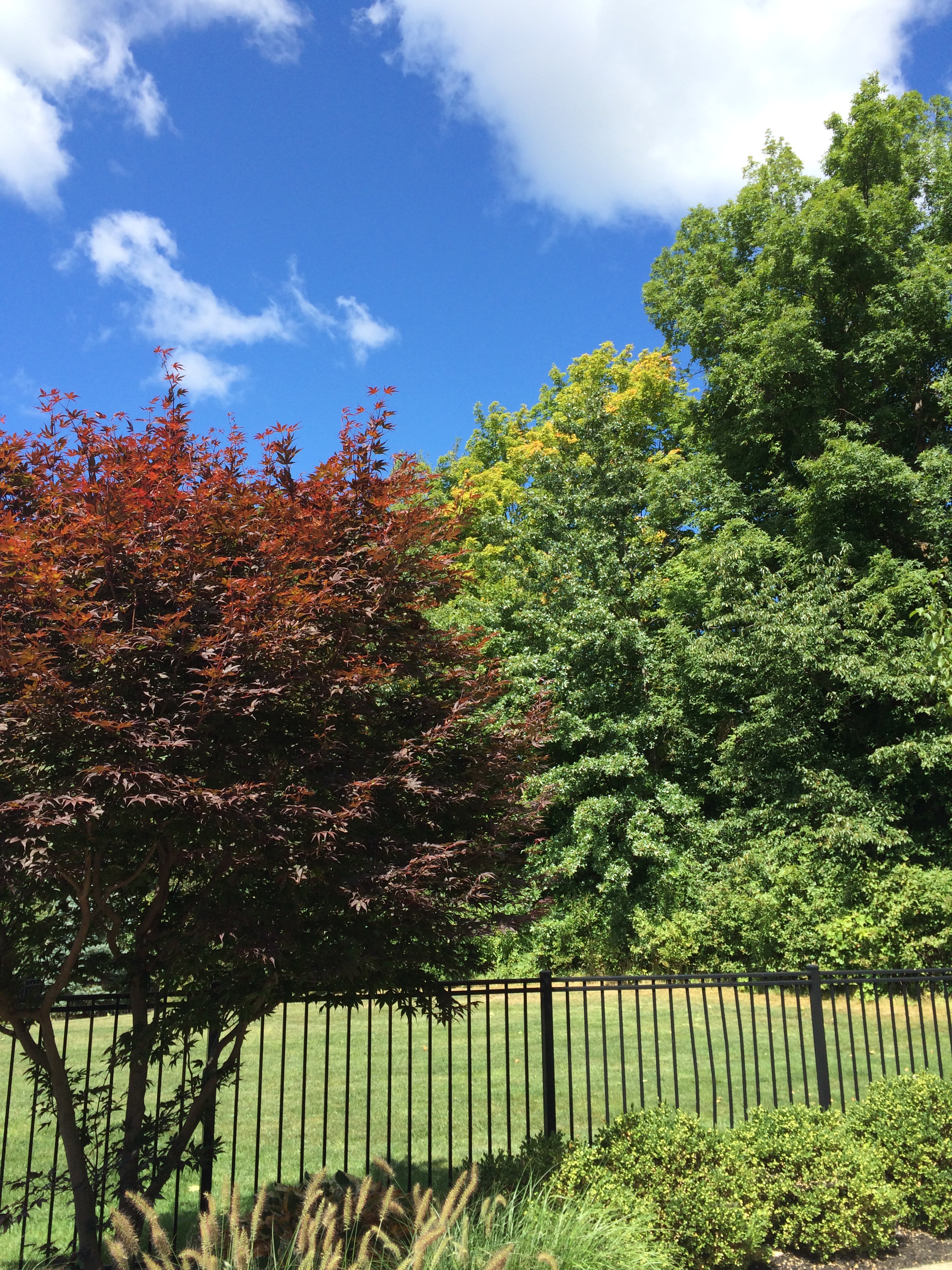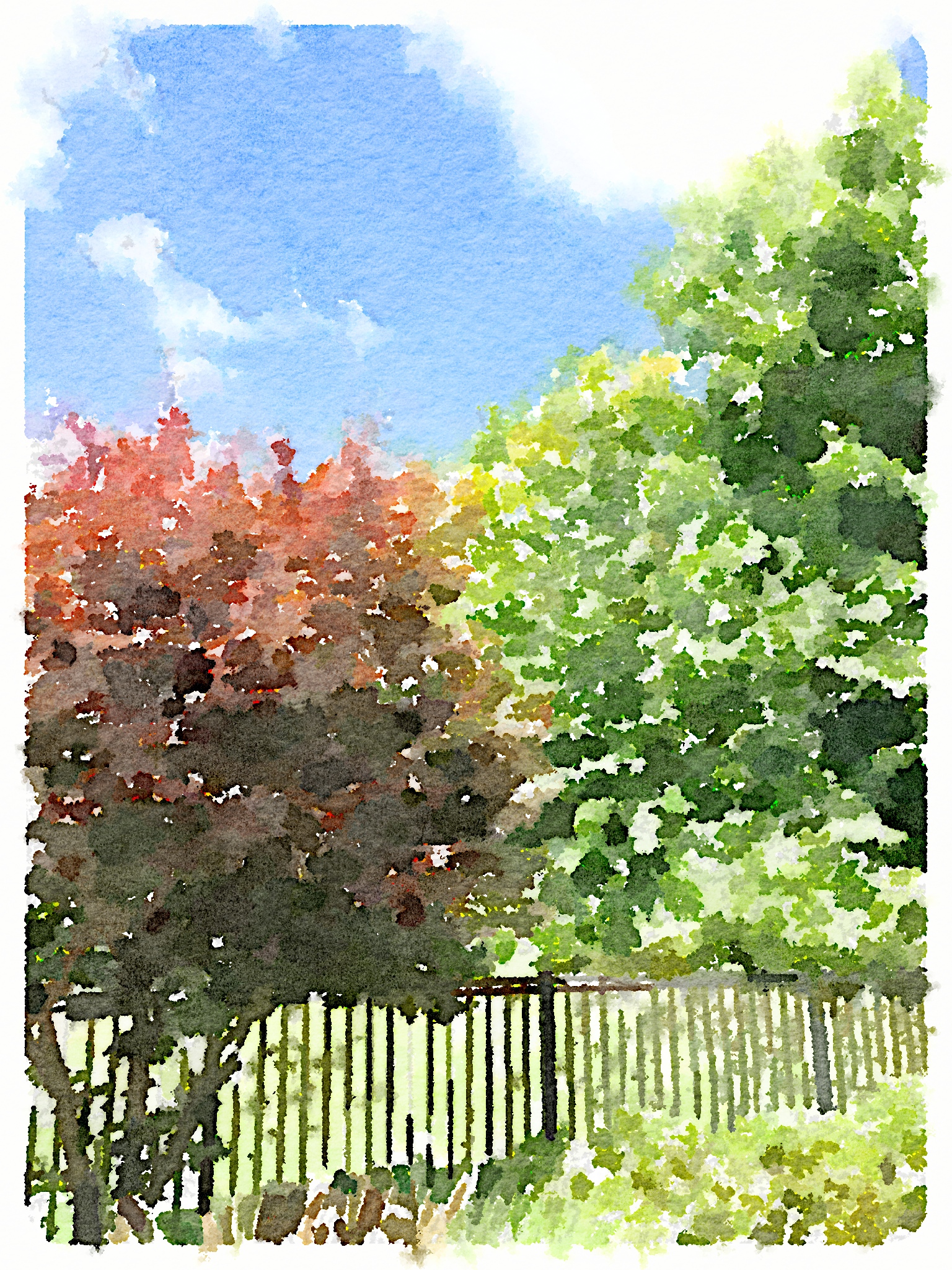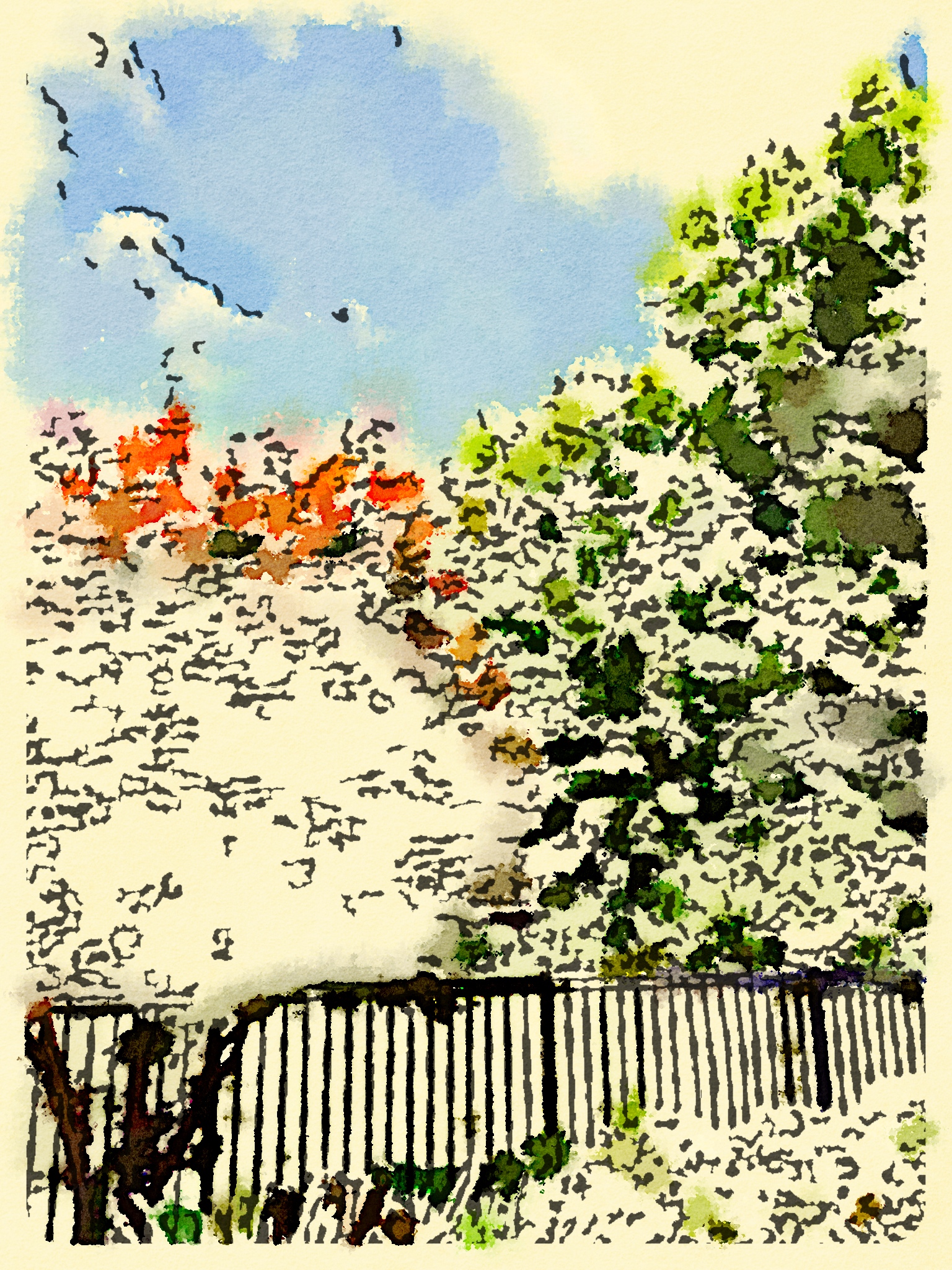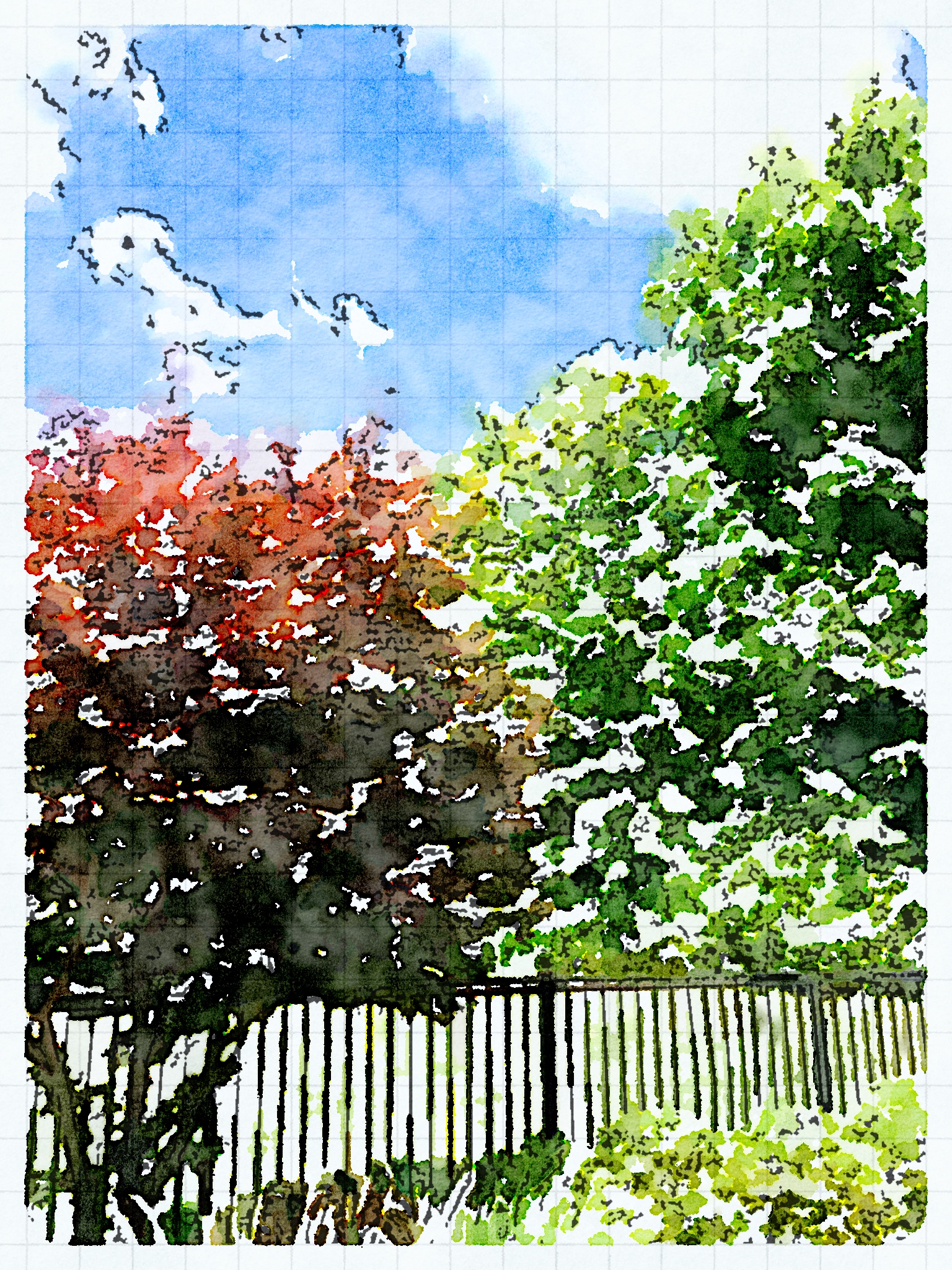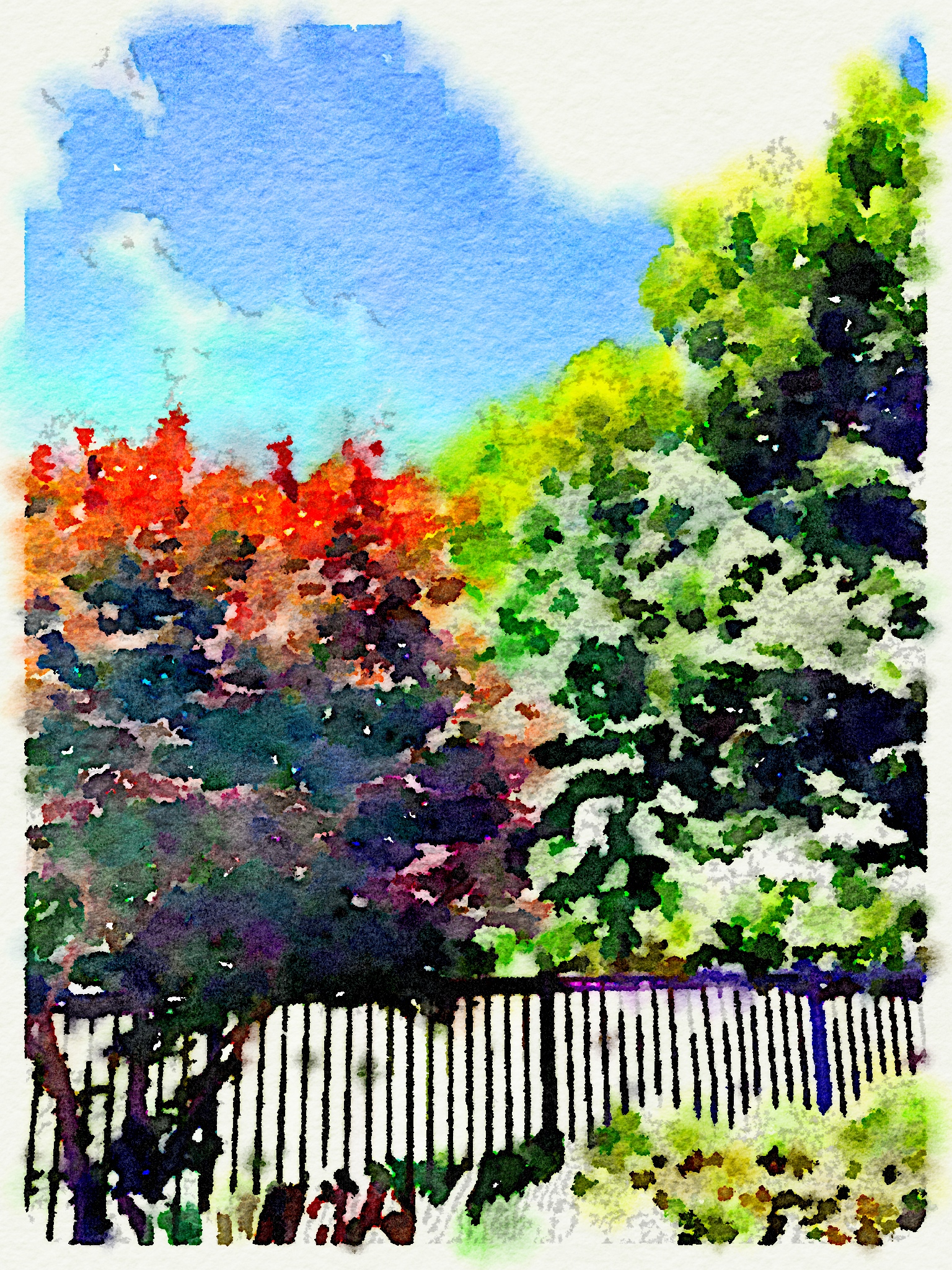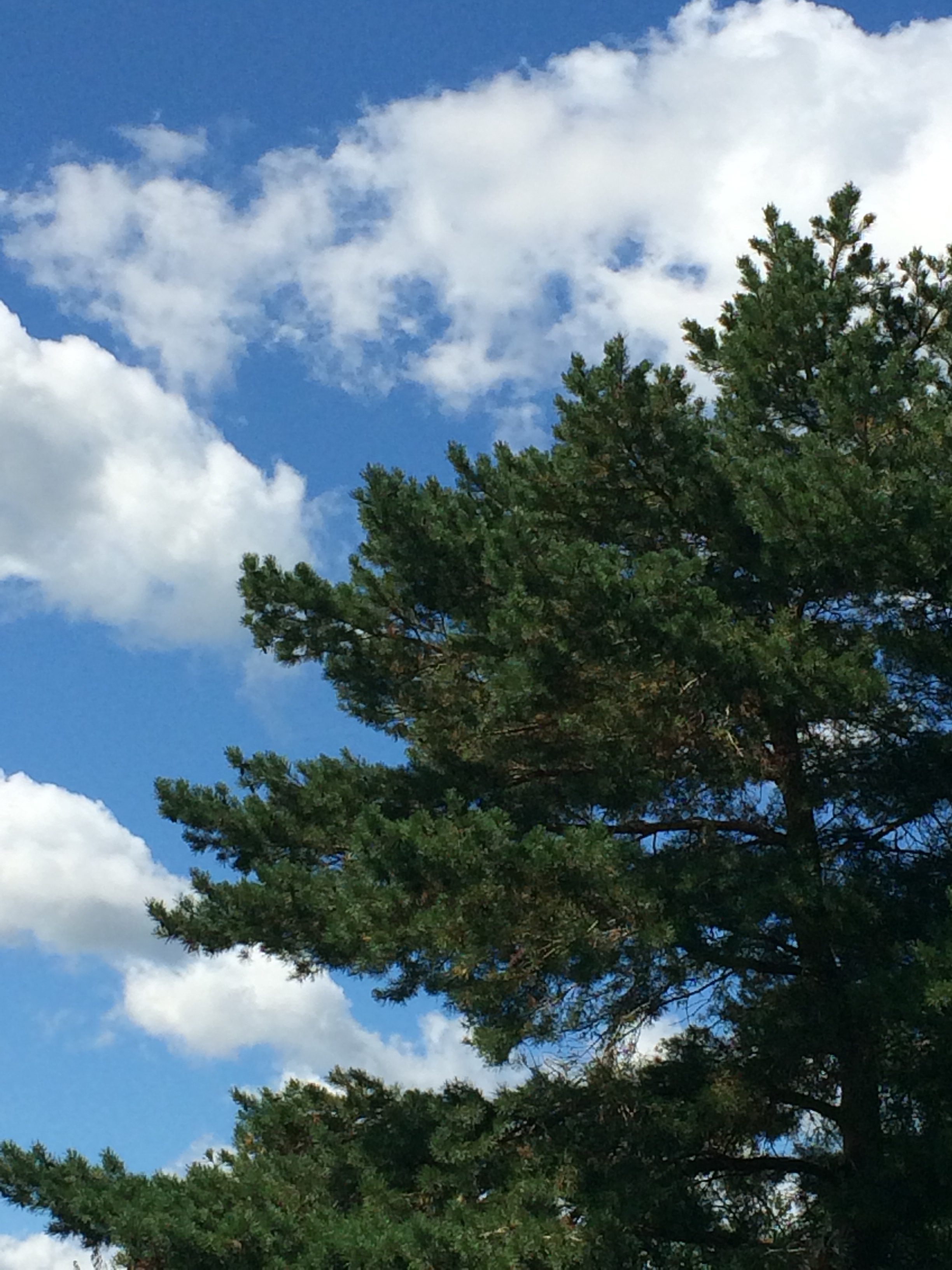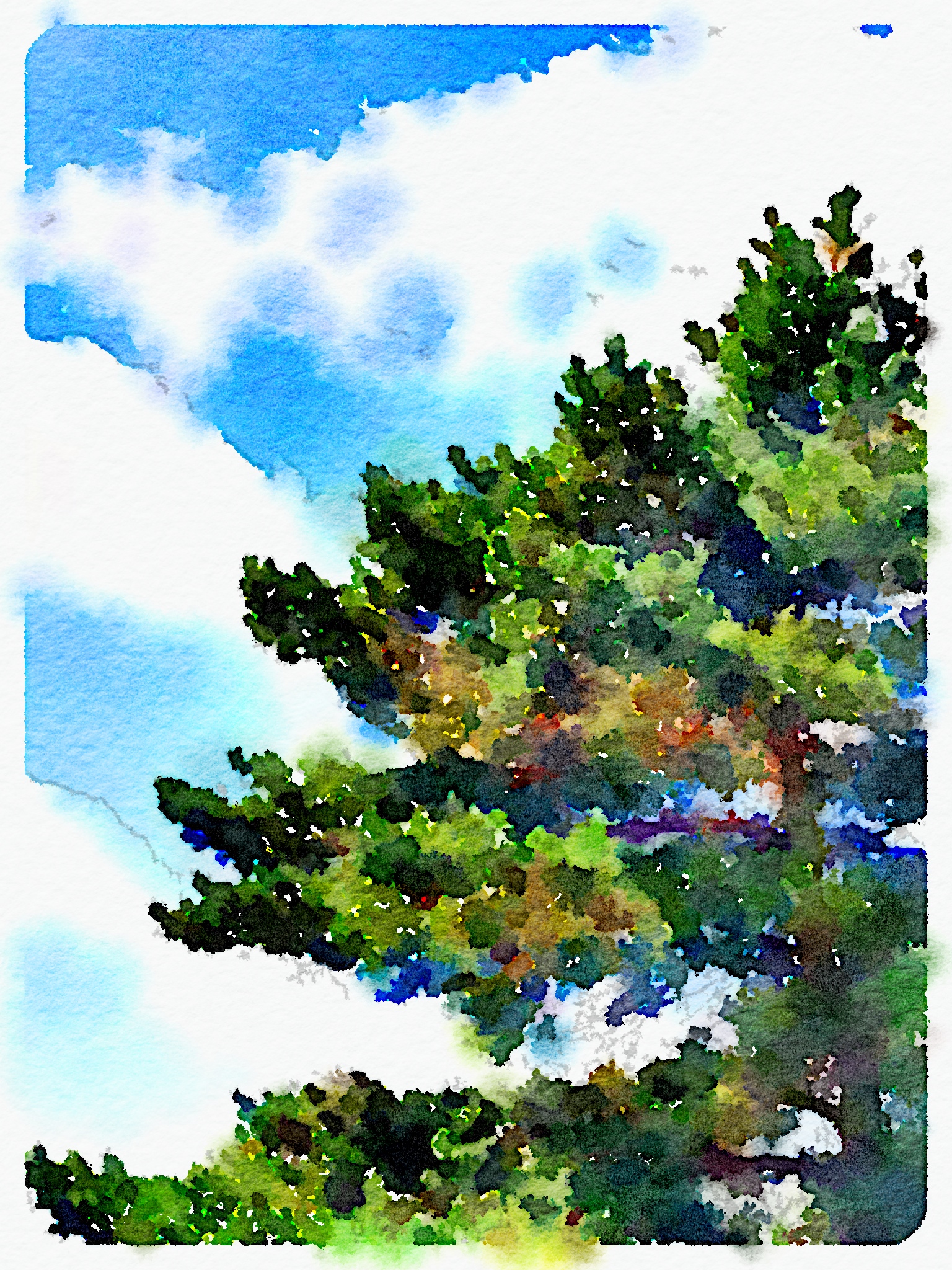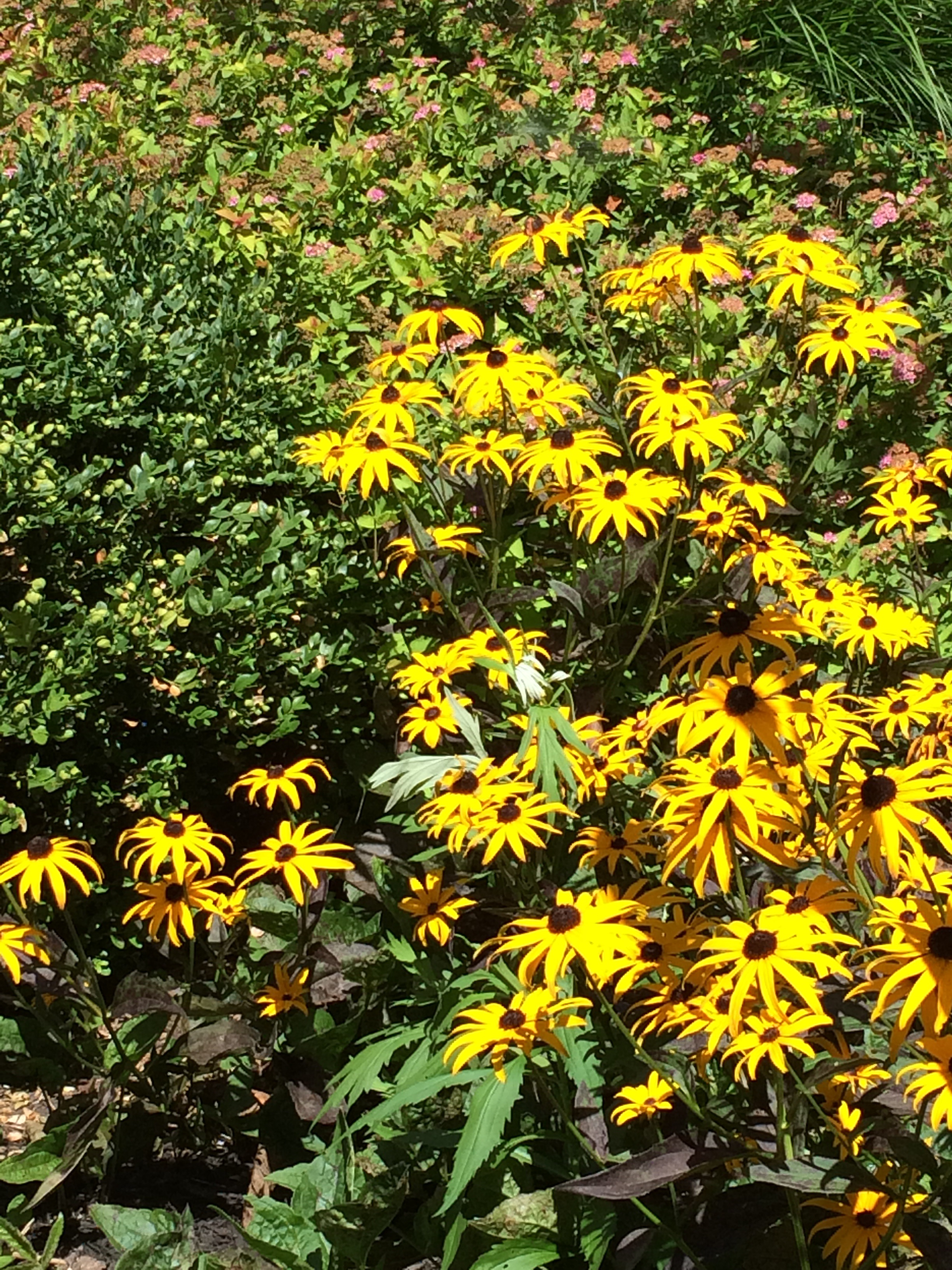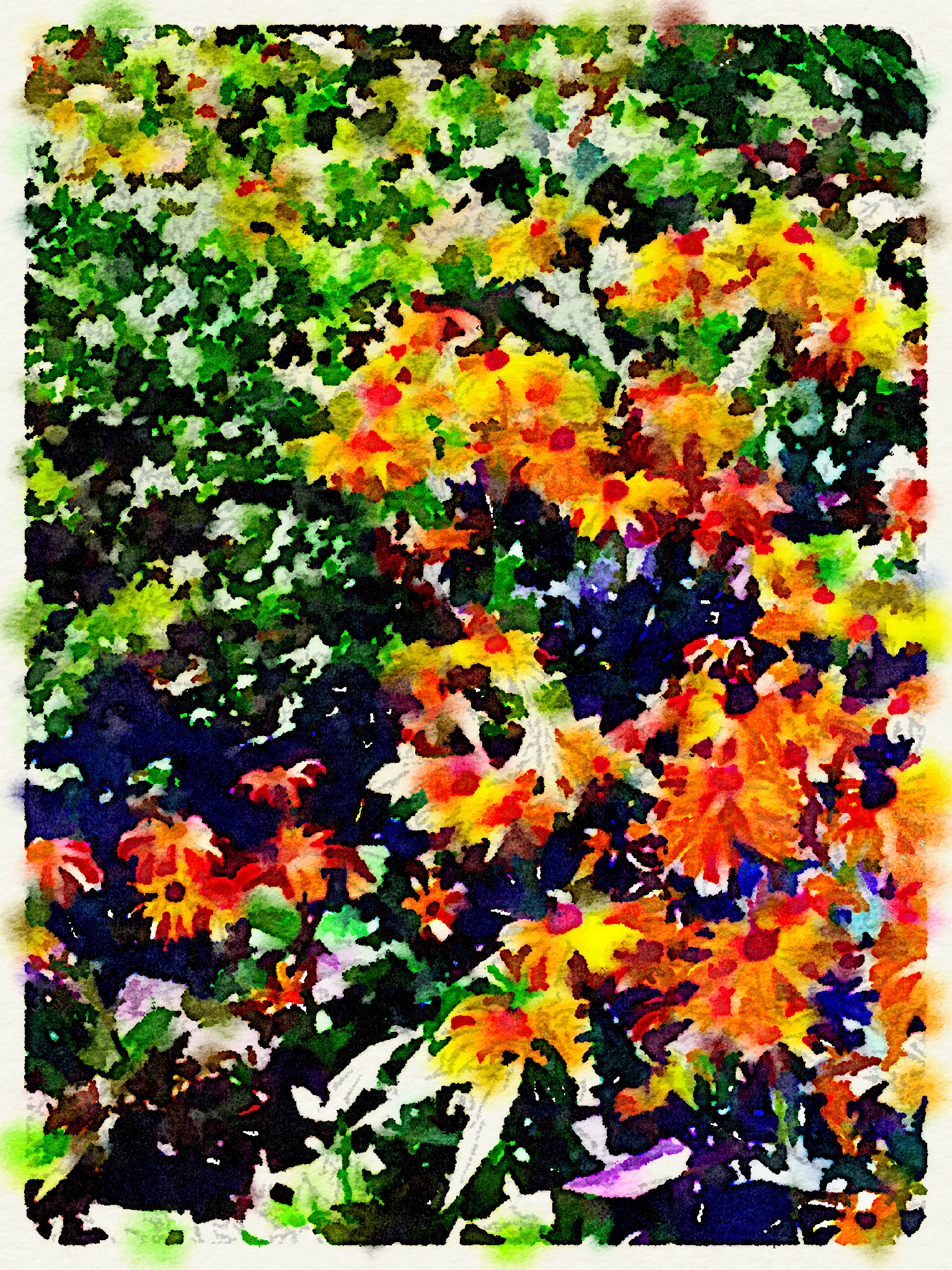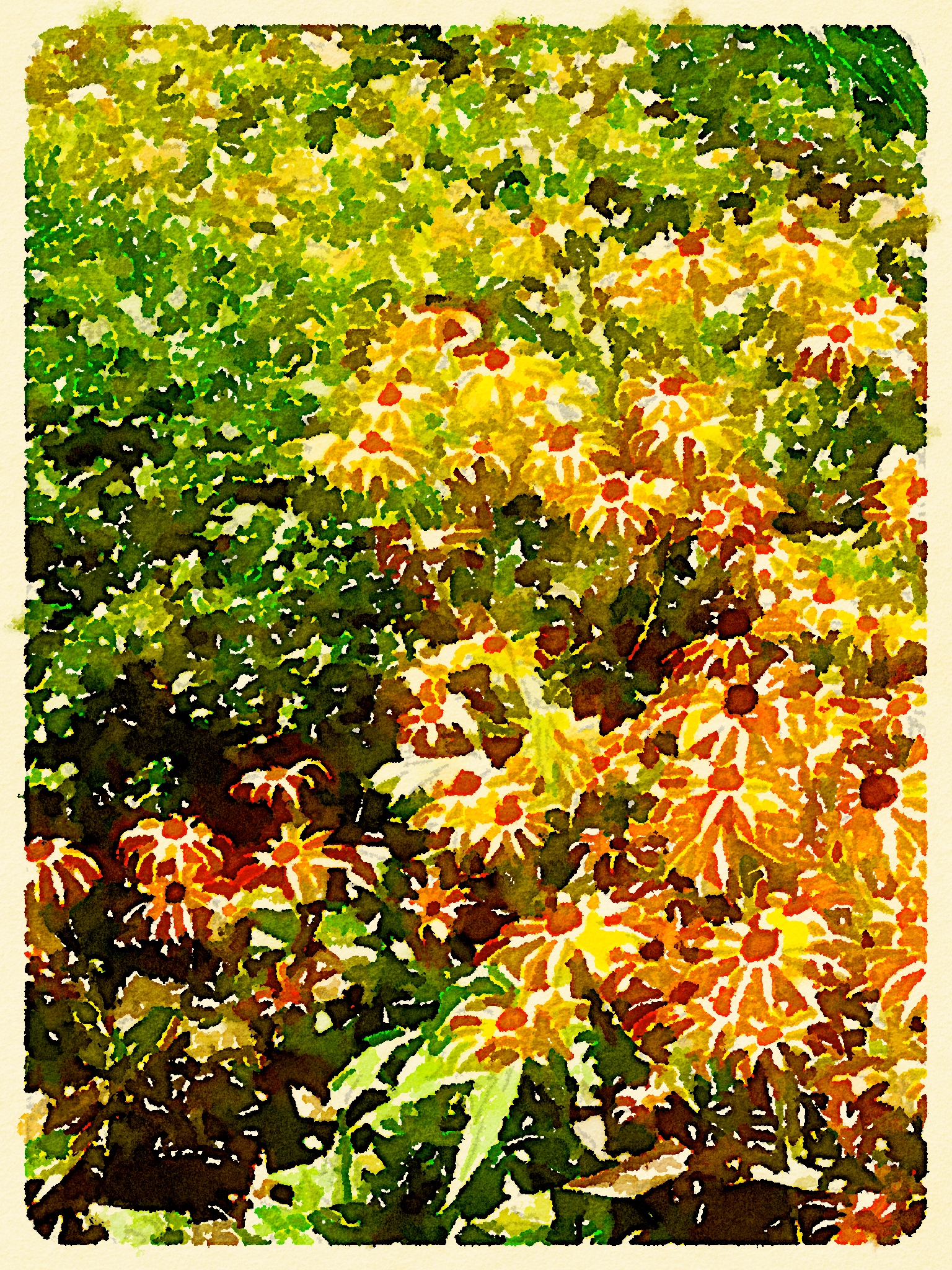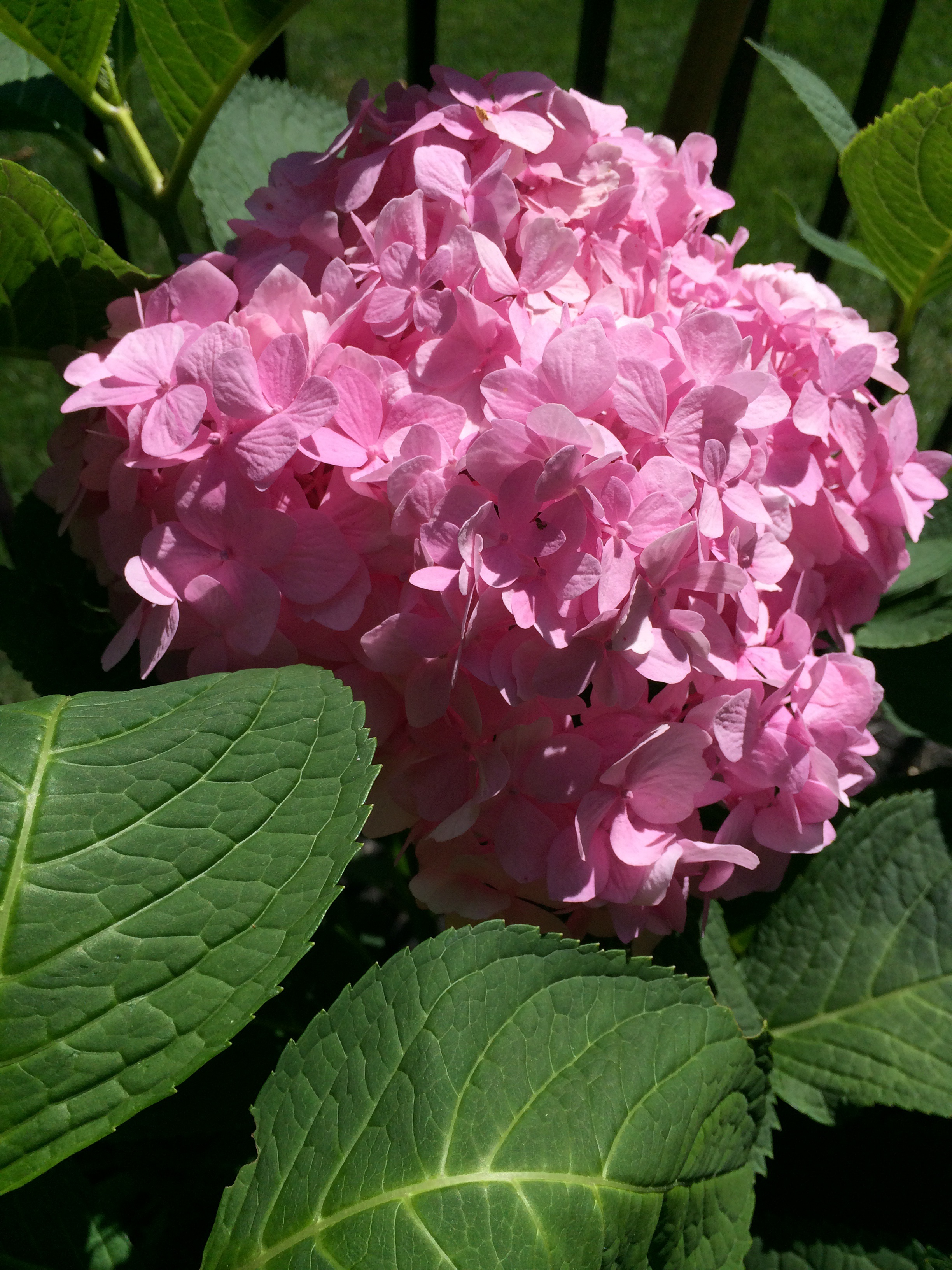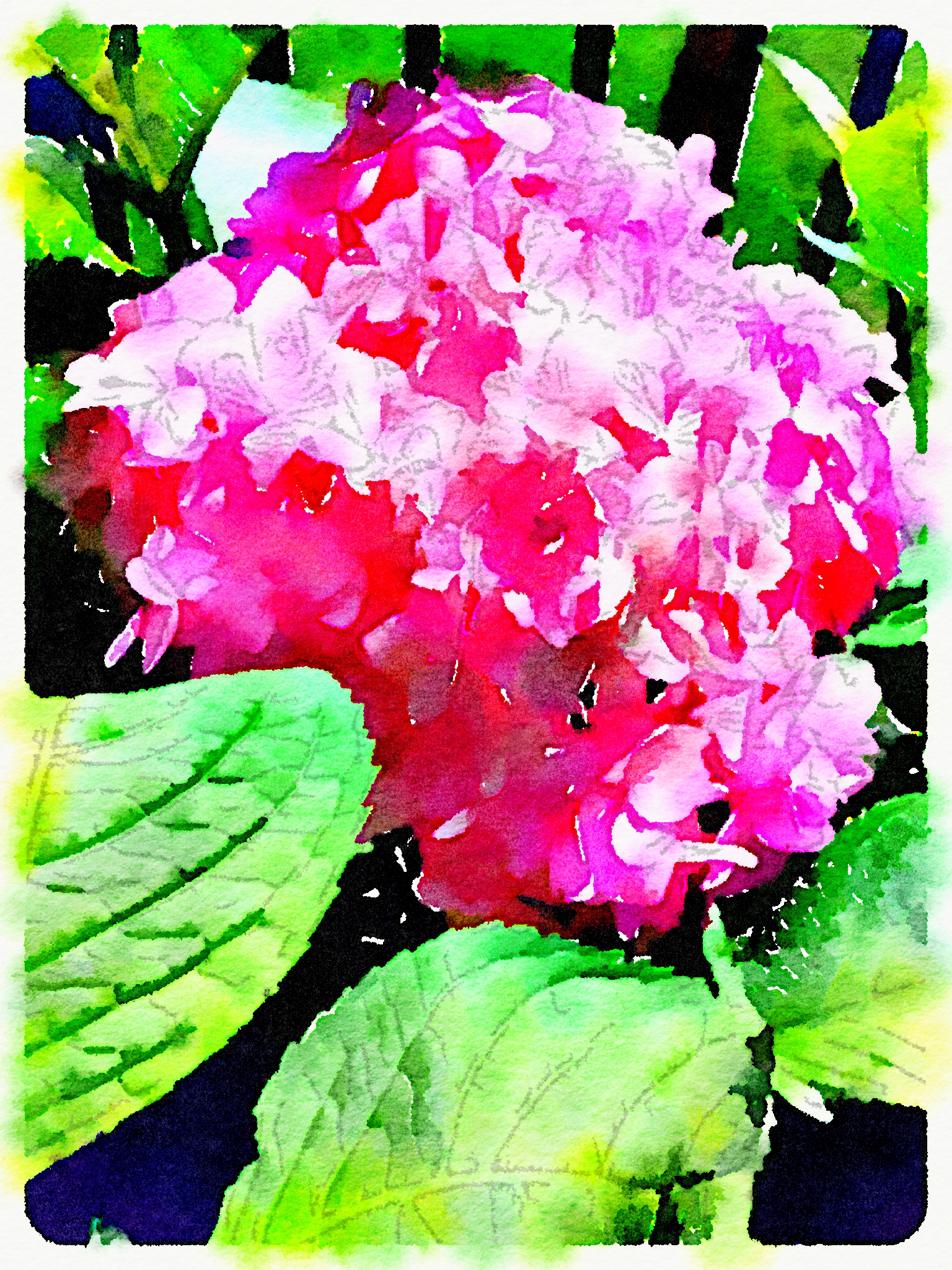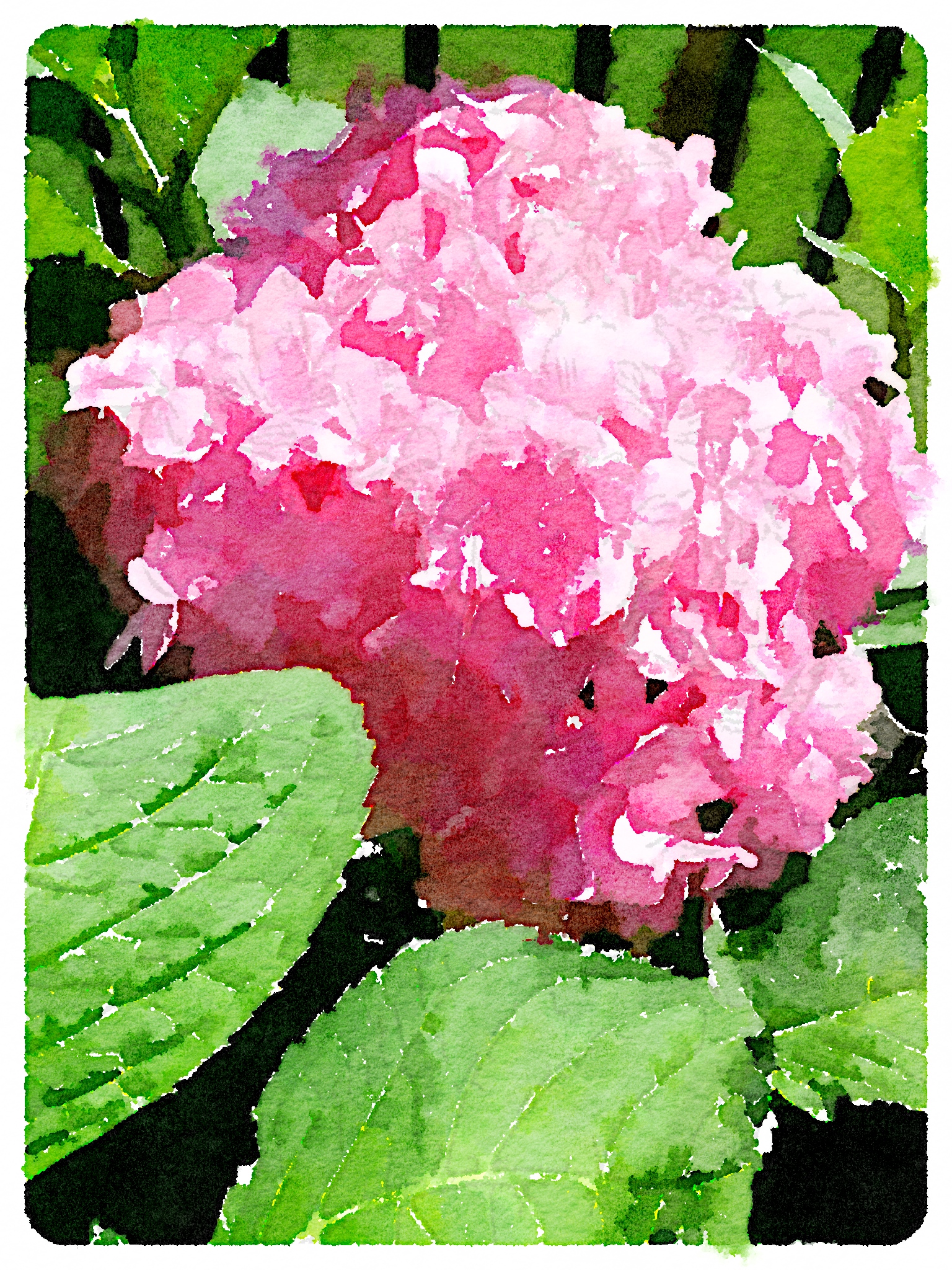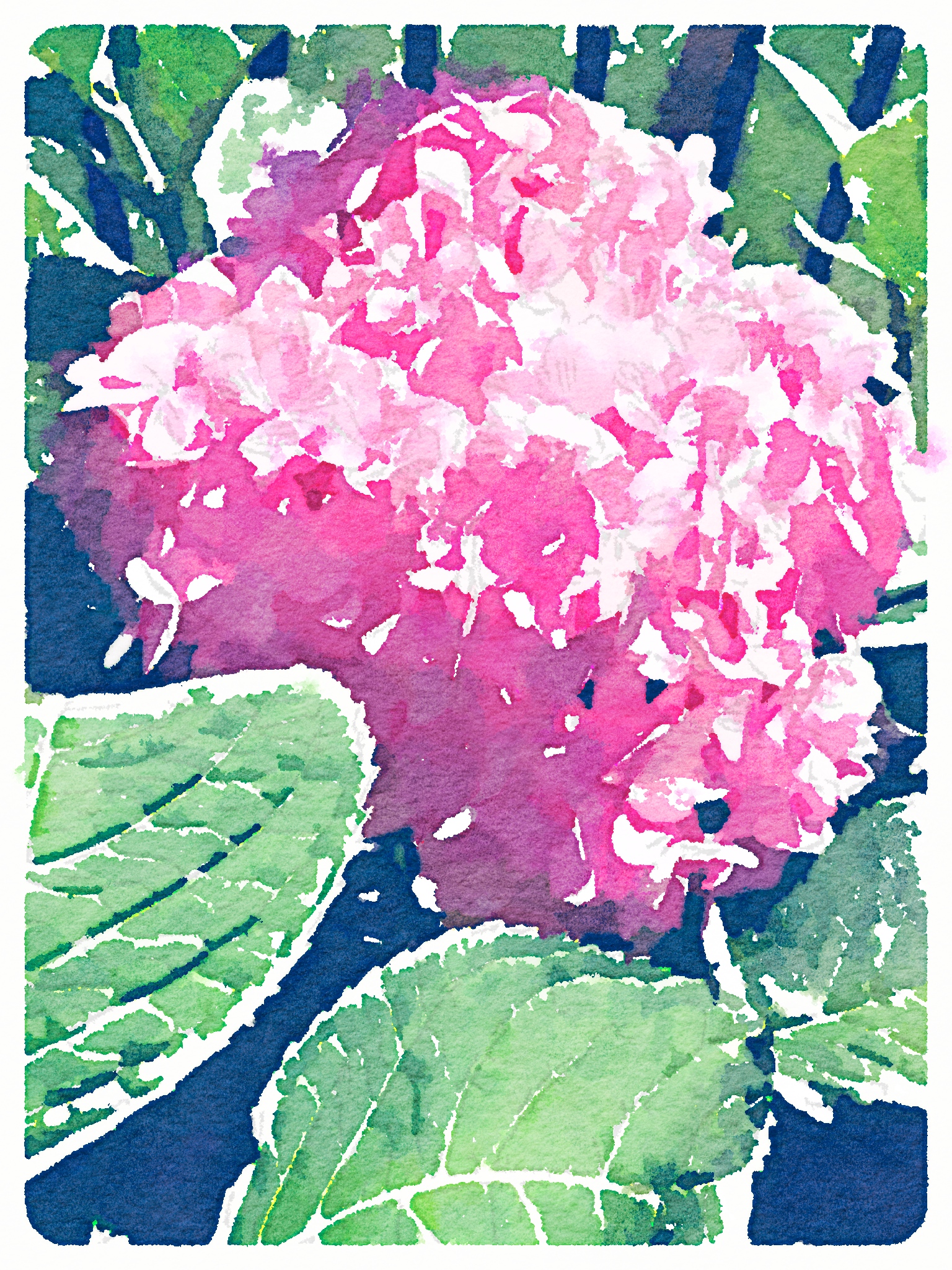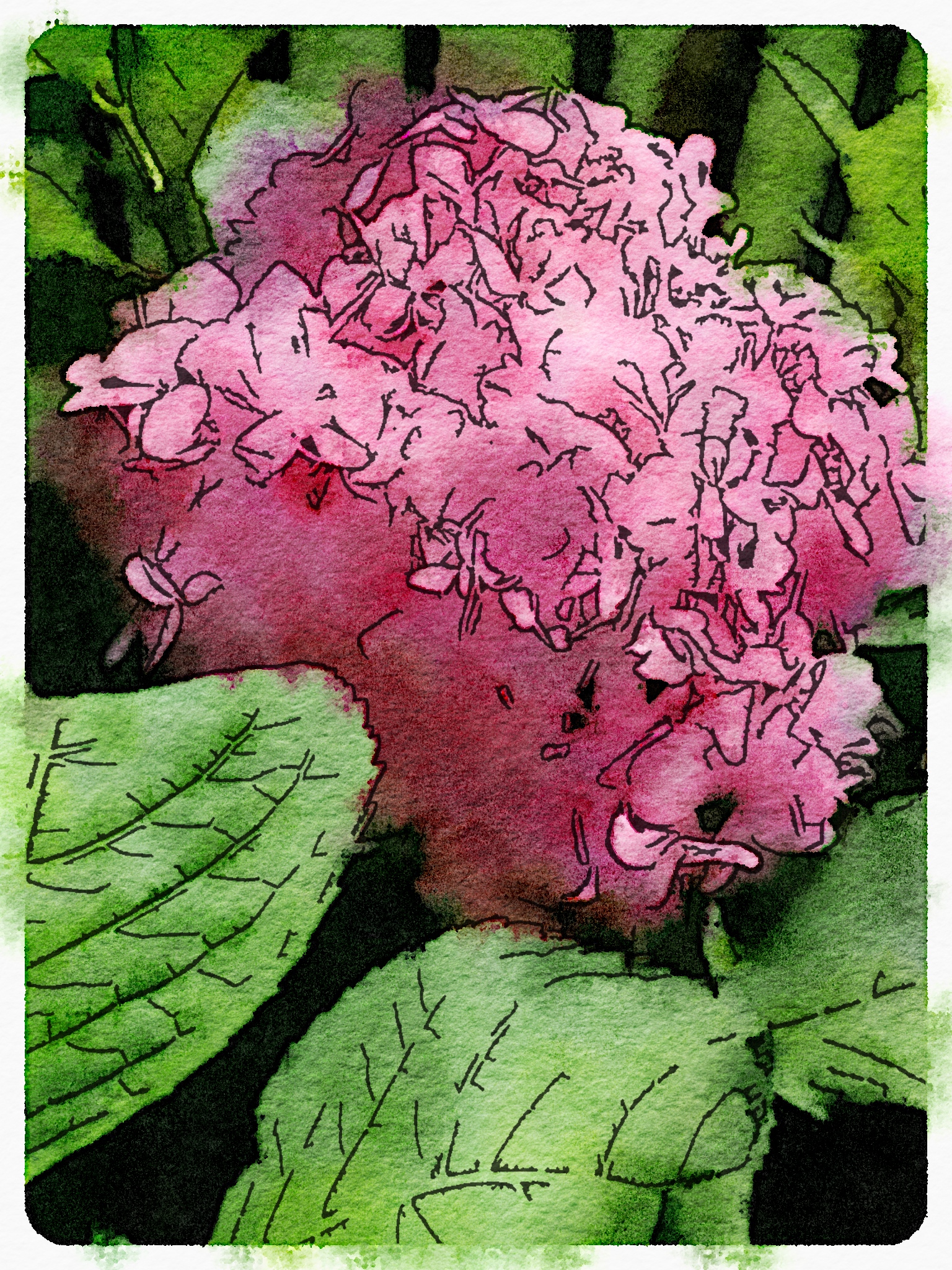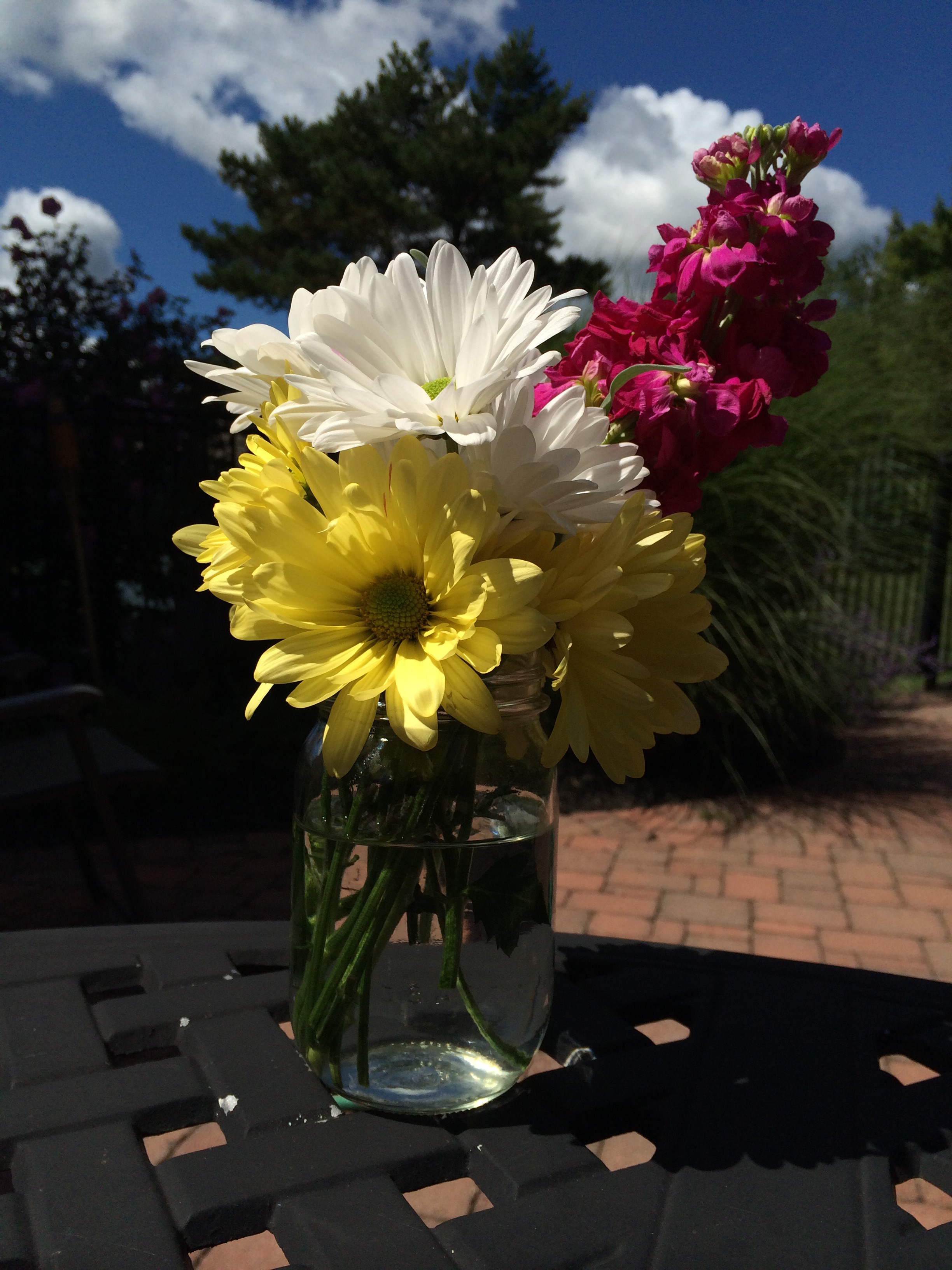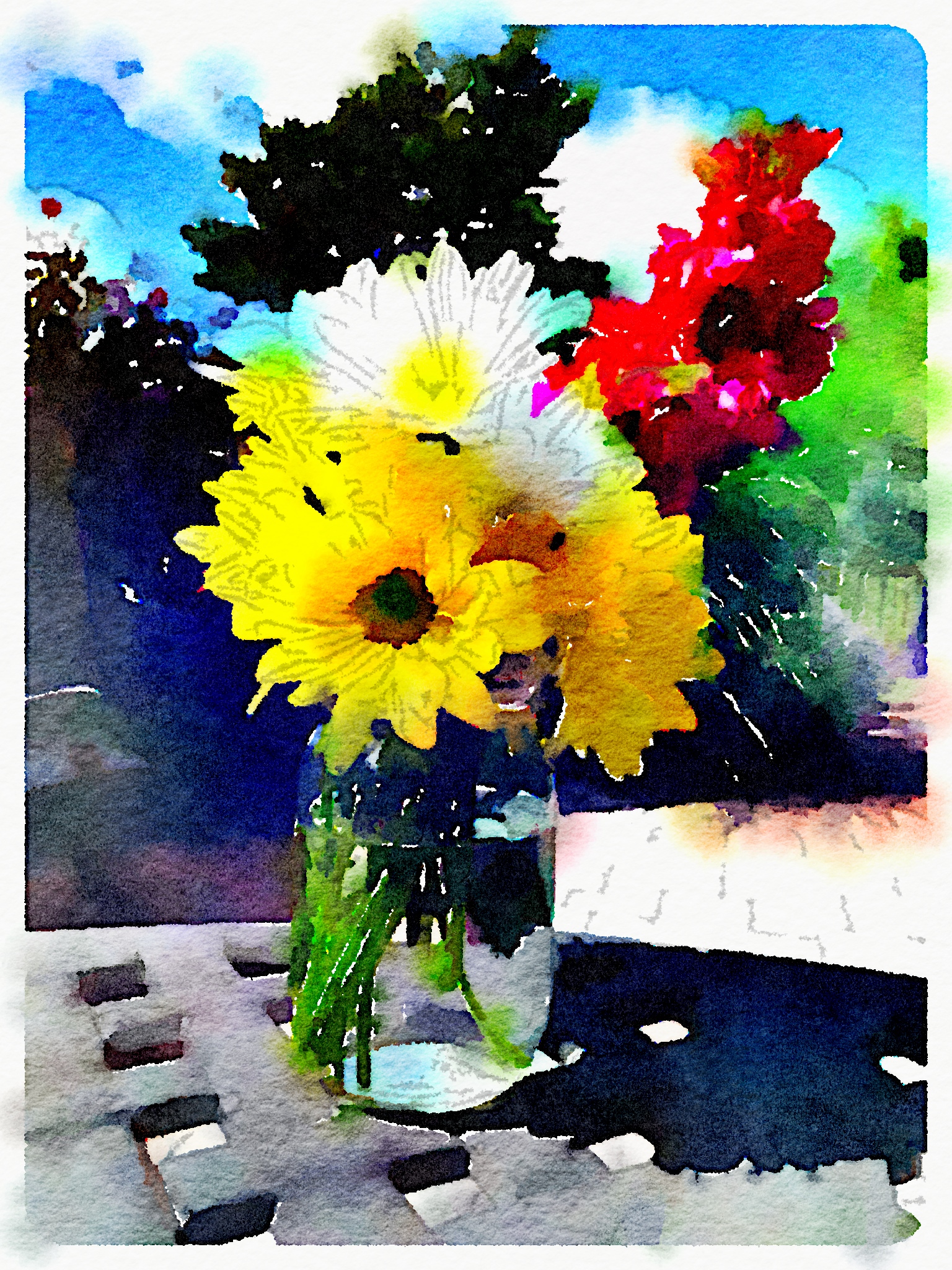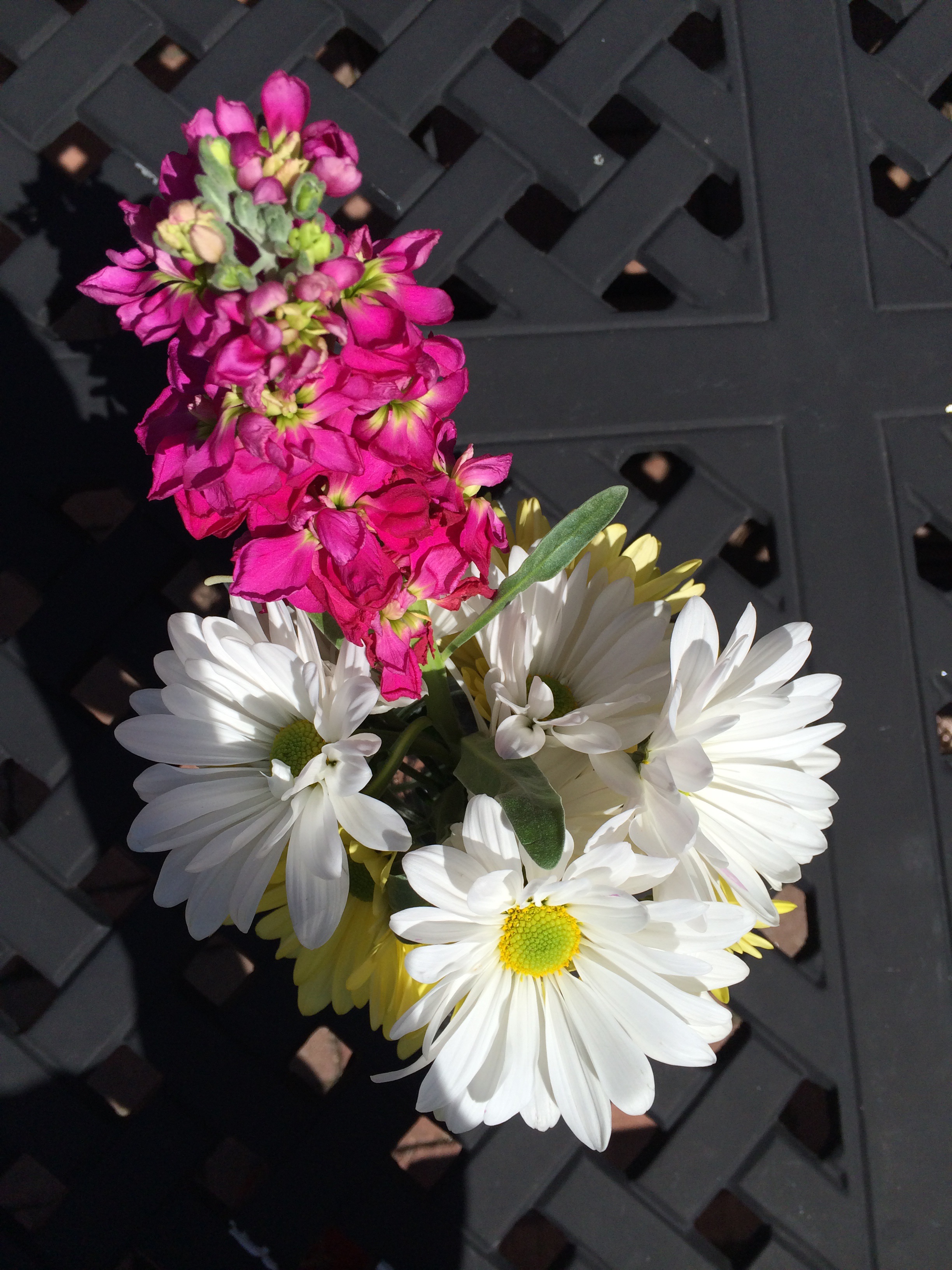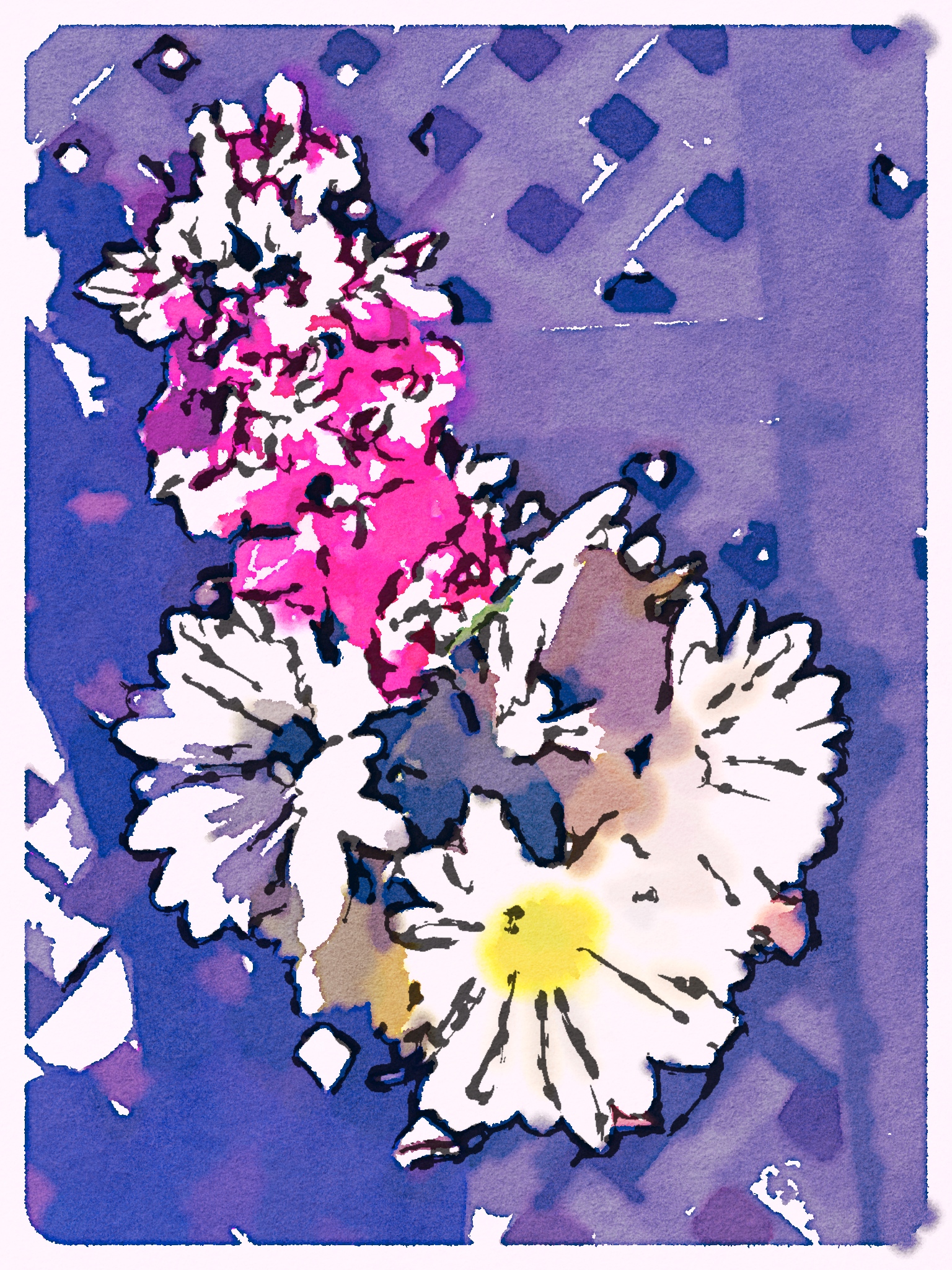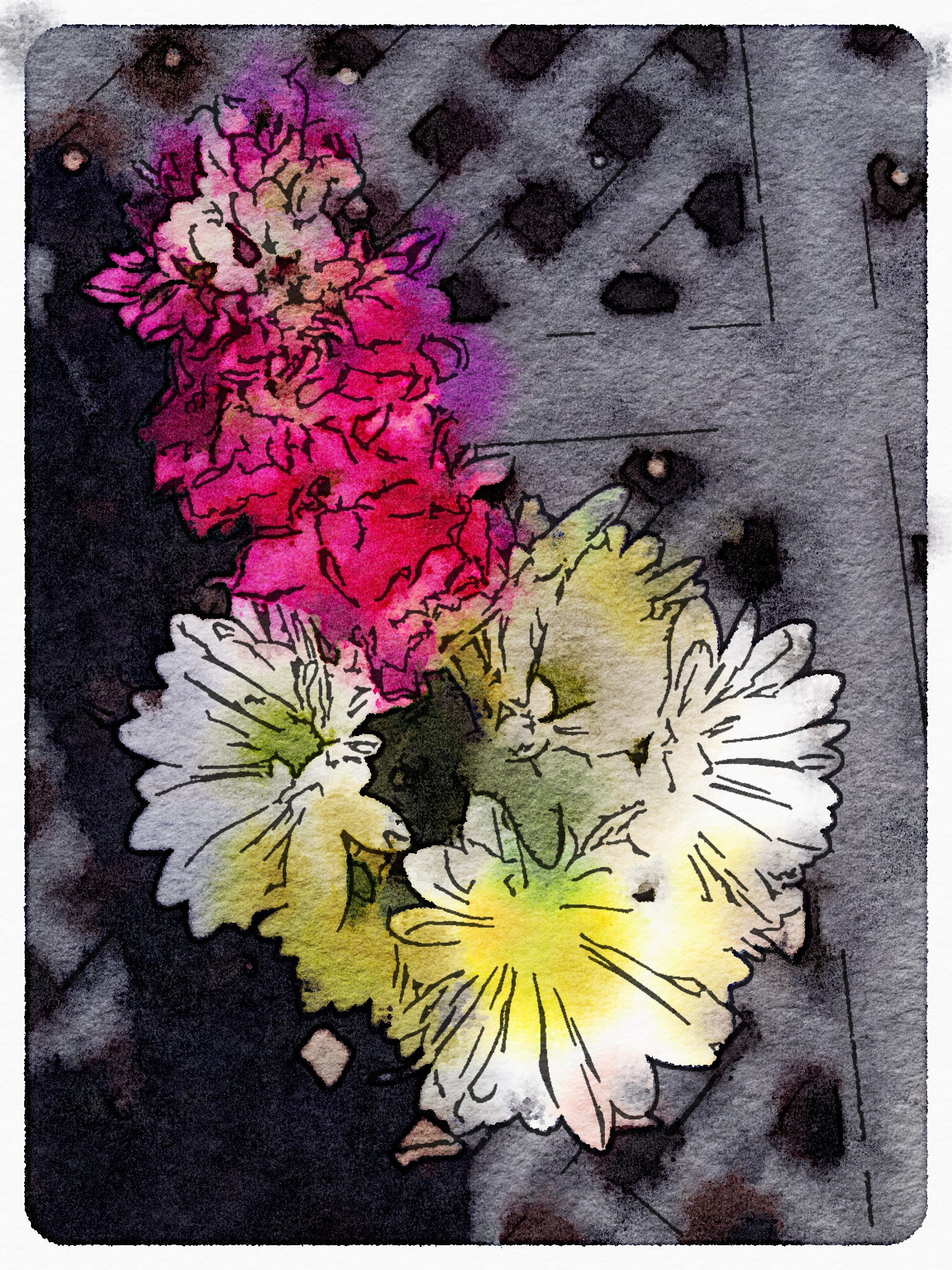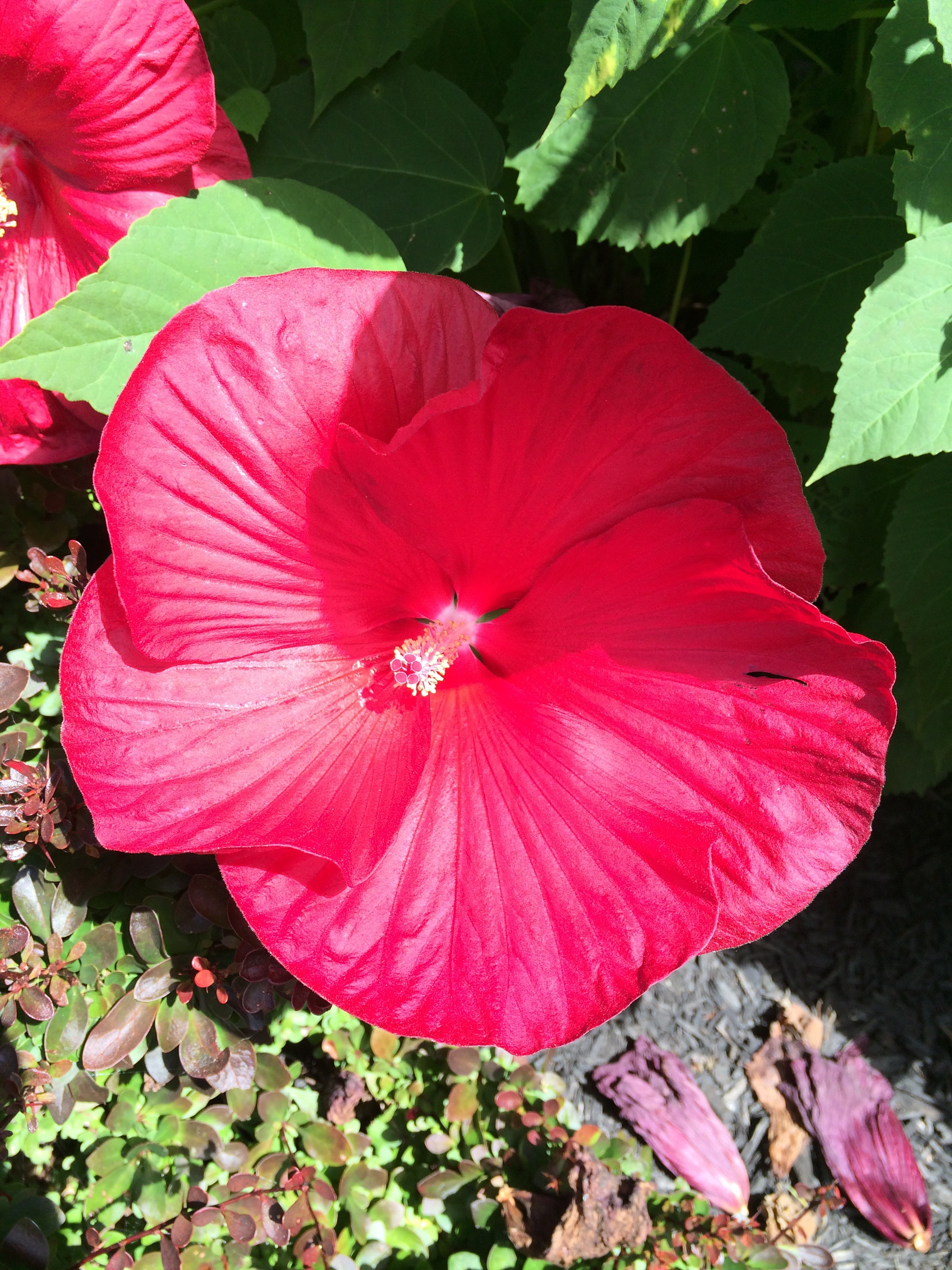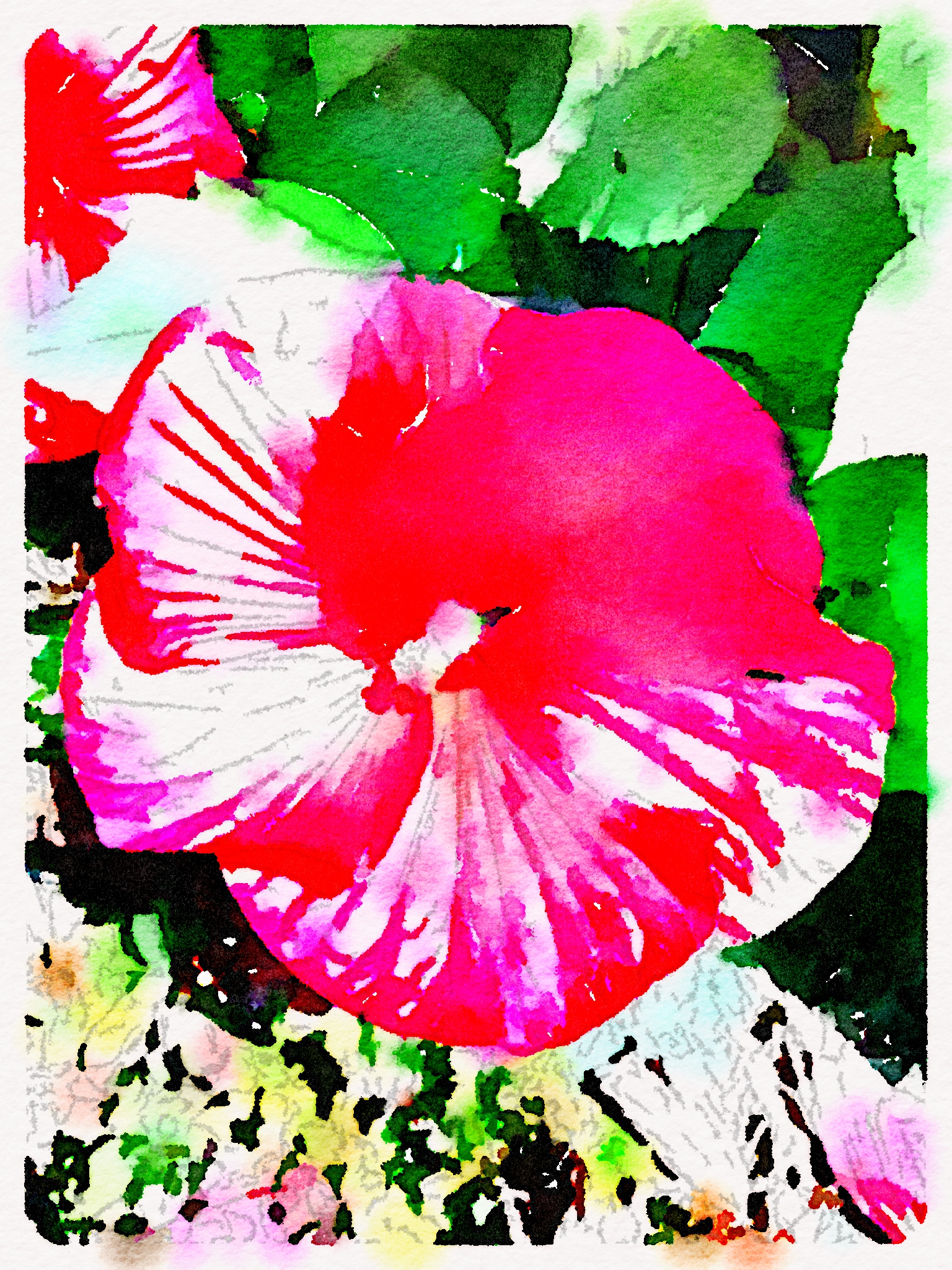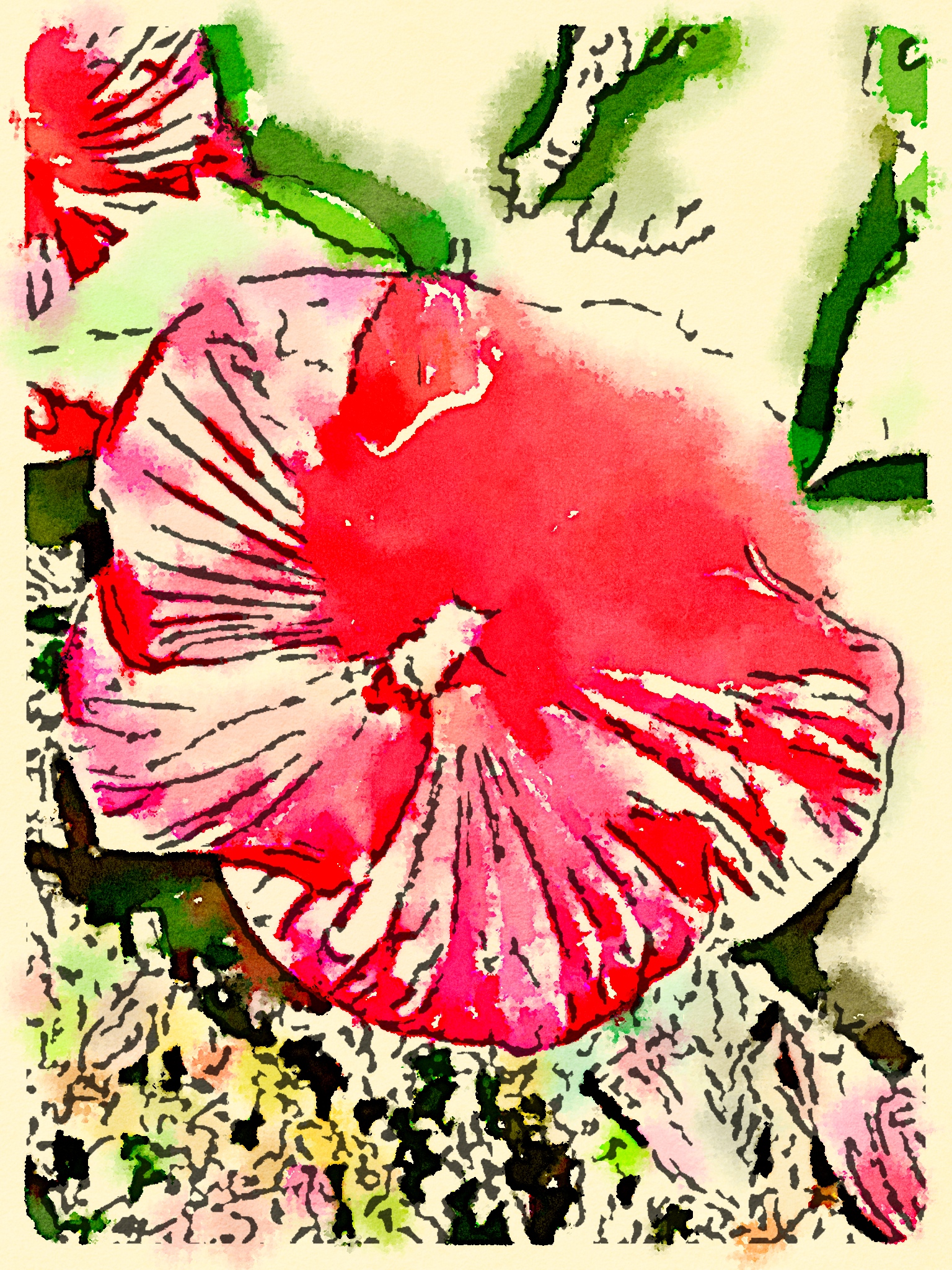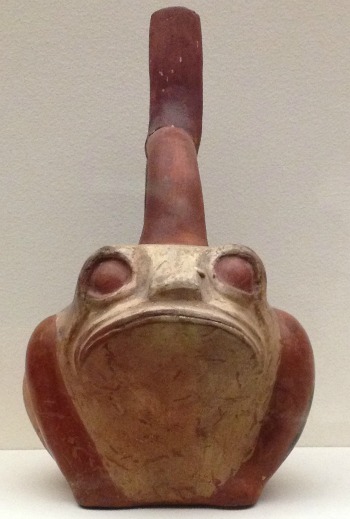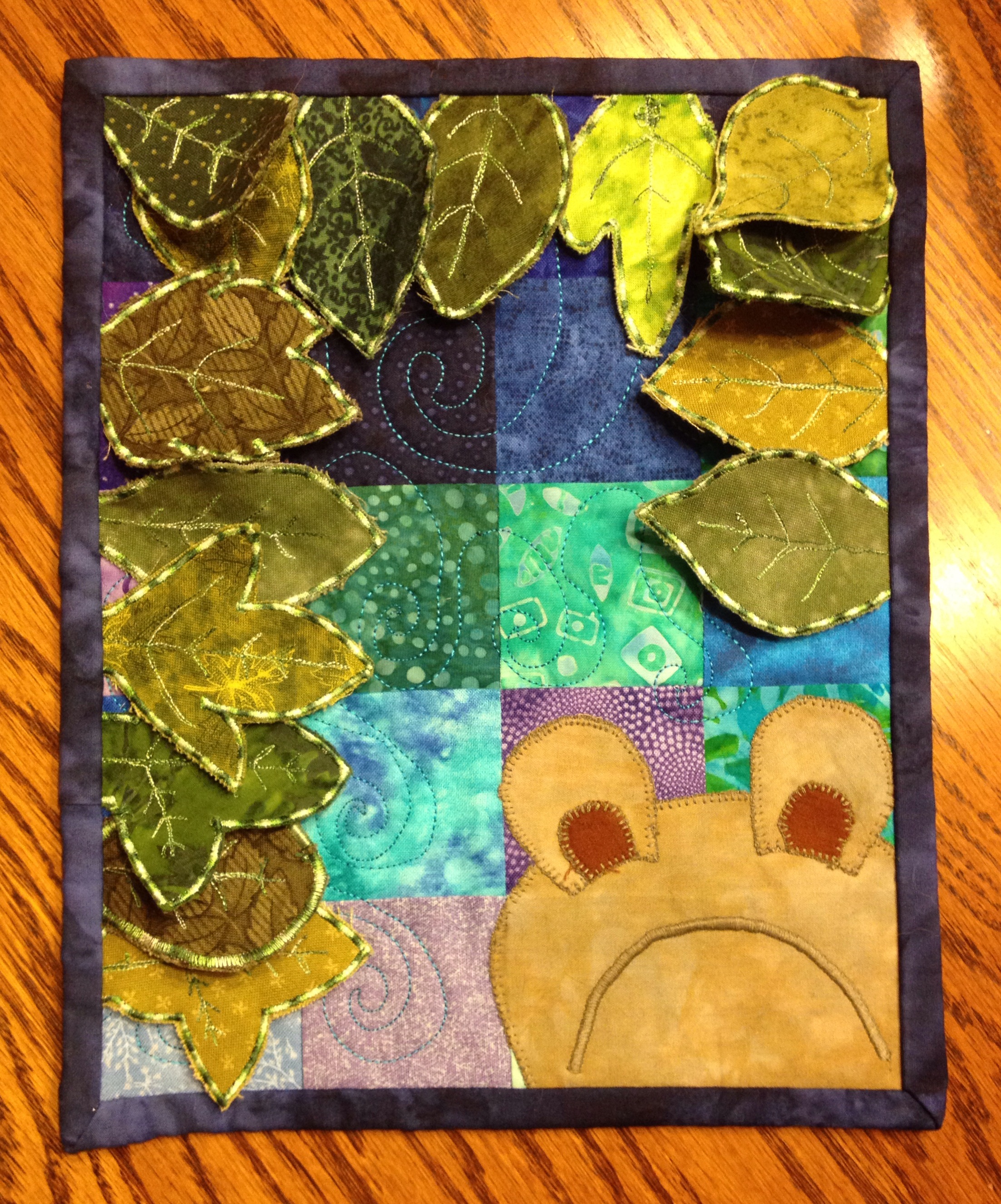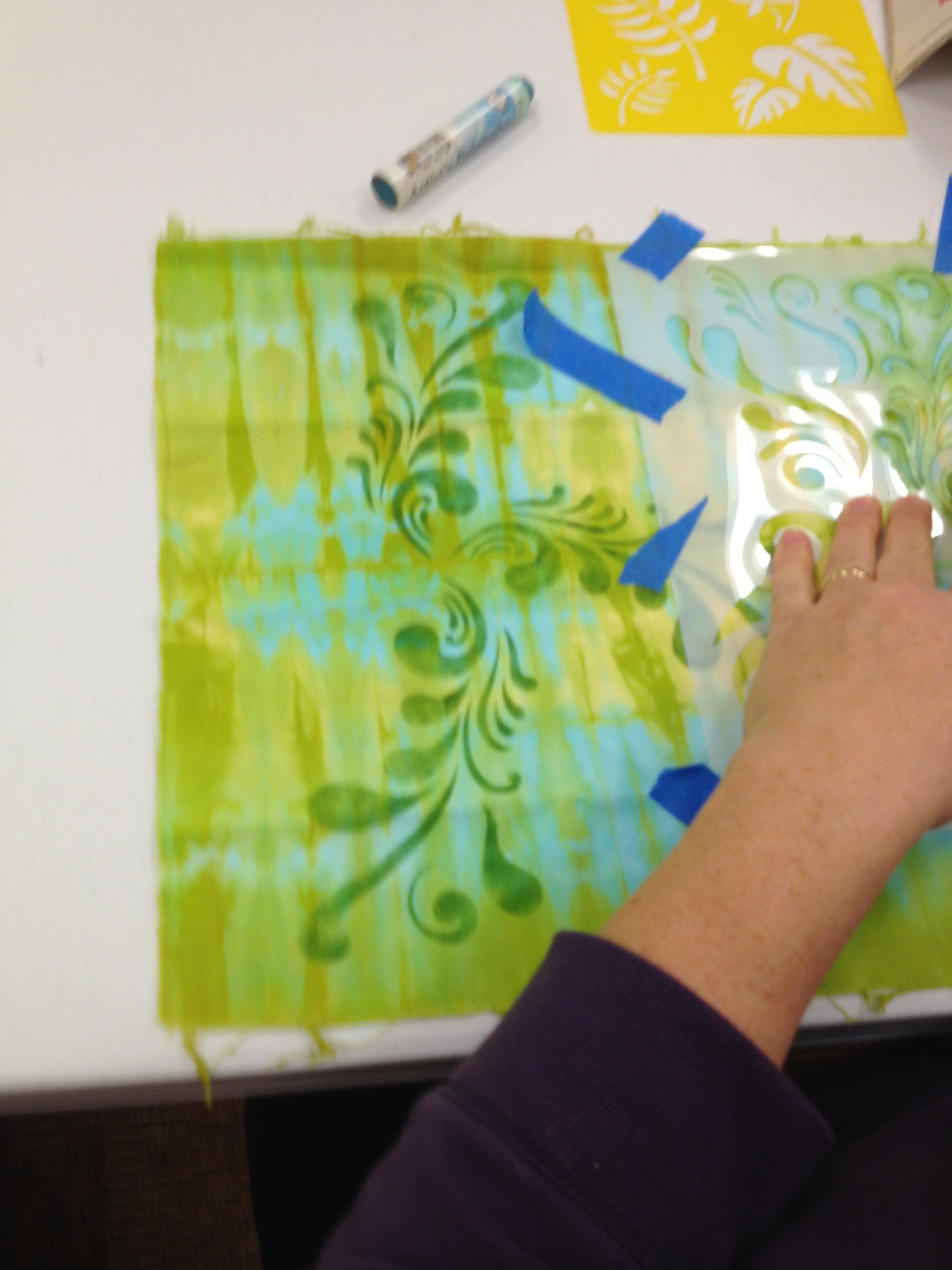This is random, but not entirely off-topic as I can definitely see quilty (and dye-y) implications from this.
The very first experiment.
I follow Lyric Kinard's blog, and this morning she posted about an app she'd started playing with, named Waterlogue. I immediately downloaded it and started messing with it myself.
O.
My.
I love this app.
Mind you, I've got several photo-editing apps and most have some sort of watercolor filter effect but I've never seen any of them work as well as this one.
I was posting these images to Twitter and a couple of folks checked out the app and have since downloaded it themselves. Unfortunately, we also discovered it's only available for iPhone/iPad, but not Android*. Sorry about that!
My favorite Happy Sam photo.
It has 12 different filters with very different effects--my photos here only include three or four of them. It's fascinating to watch how each filter interprets your original photo. You definitely get a lesson in line and color as each filter breaks your photo down into component parts.
Other than just good, clean fun, what are the quilty and hand-dye-y applications? Well, gee, let me count the ways. At the simplest, you could print the resulting image onto fabric and thread-sketch or quilt it up for a nice art quilt. You could use the watercolor image as a guide for an applique version: It breaks complicated colors from a photo down into much simpler color splotches (which is a very technical artistic term) that would make it easier to interpret those colors into fabric. You could use the outlines it creates in some filters as a guide to hand-draw the image onto your fabric. For hand-dyeing/painting, the benefits are pretty obvious: It gives you a clear view of what colors appear in the photo that you could easily use as a guide for creating a project.
(I stole this photo from one that @sewexcitedquilts tweeted this morning of sunrise on a lake. Thanks, Jackie!)
The app is $2.99. I'd say I've already had about $3.75 worth of fun and I've only had the app for about four hours. When I start using it as a way to create a quilt design? Priceless.
I'll close this blog out with a gallery of the original photos with their filtered counterparts. I've got it set in autoplay to change images every two seconds, but you have controls on the right and left to move forward and back if you want to see something again. If you can't see the gallery in whatever way you're receiving this blog, just go straight to my website.
*The Waterlogue blog explains that they have no plans to release it on Android. They're a small, independent iOS developer and Android is much harder to program with reliable stability as it's used on such a wide variety of devices. If you want to read the whole blog post, go to their blog. (You may have to scroll down to find the pertinent post.)
